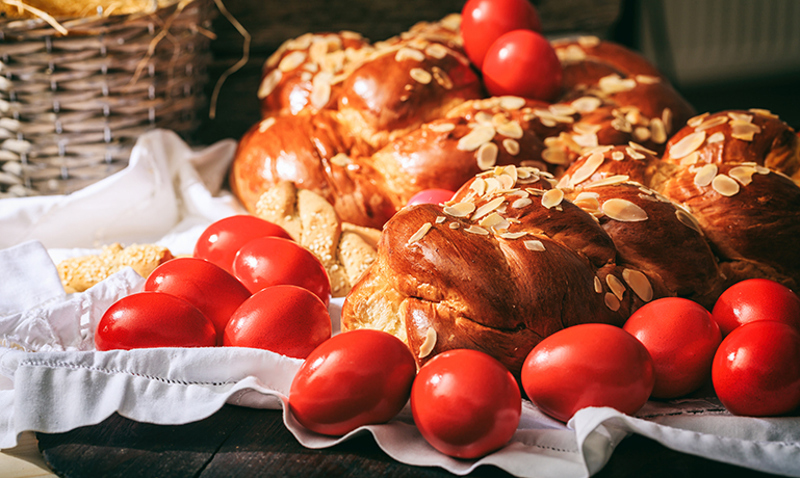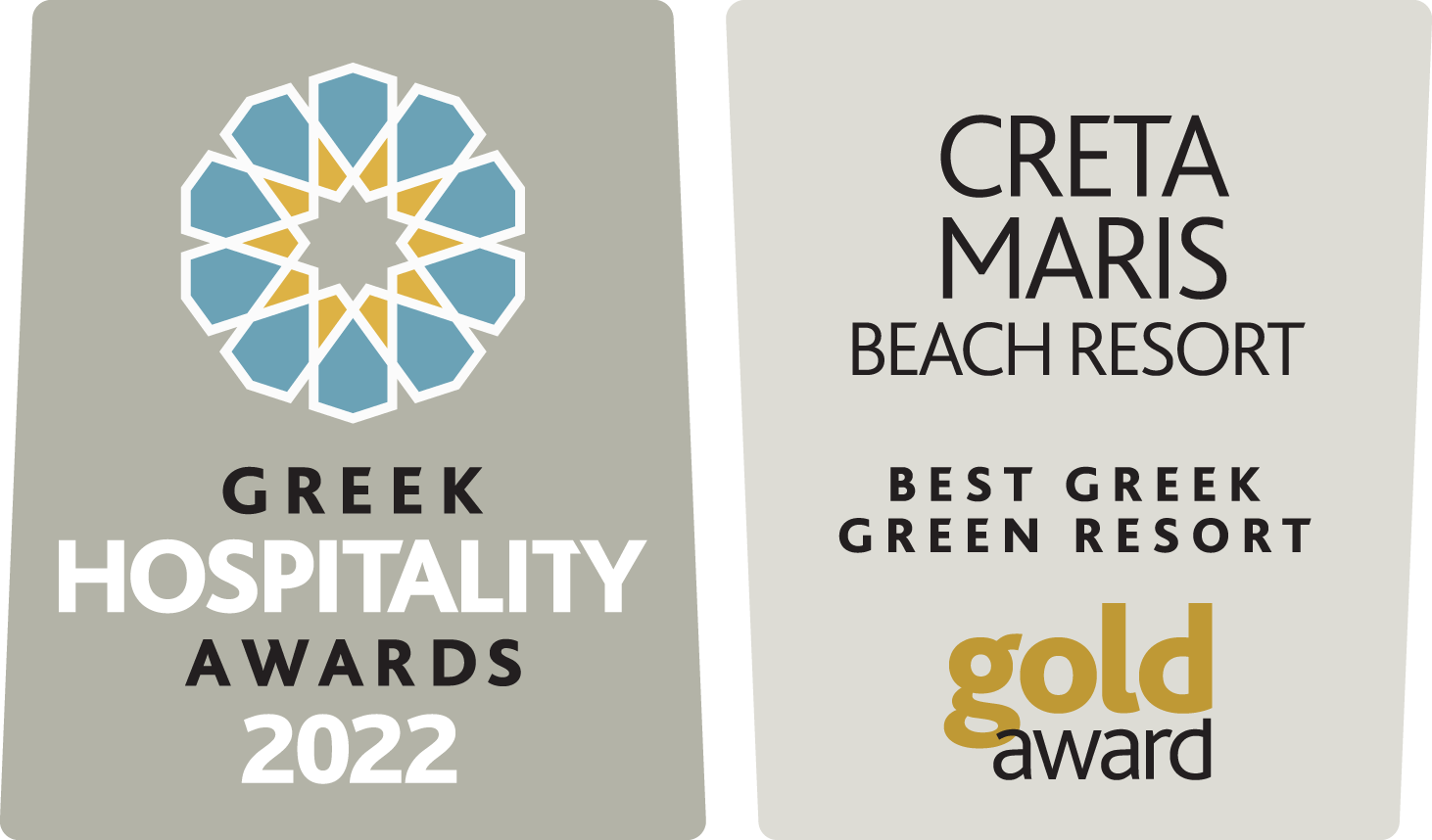
Easter is the most momentous holiday for Greeks, surpassing even Christmas in gravity. It’s a big celebration accompanied by a long list of traditions and religious rituals. According to the Greek Orthodox tradition, the preparation for Easter starts about 40 days before the Holy week when nisteia, the religious fast, begins. According to the rules of nisteia, all animal products (apart from shellfish) are forbidden, as well as the consumption of olive oil on Wednesdays and Fridays. This religious ritual is observed by many orthodox Greeks (but not all).
Traditions of the Holy Week
The traditions and rituals escalate during the Holy Week (Megali Evdomada, as Greeks call it). Every day there is a different service at the church and even those who didn’t fast for 40 days start fasting for the whole week to receive Holy Communion on Saturday.
The Holy Week is also marked by a series of food traditions: Easter koulourakia (sweet biscuits) are made on Holy Tuesday, whereas the tsoureki (sweet holiday bread) is baked on Holy Thursday. Apart from the tsoureki, women in Crete, bake another traditional easter delicacy: kaltsounia! Kaltsounia or lychnarakia is a delicious pastry made with soft dough and stuffed with mizithra cheese and cinnamon! Although it’s an Easter tradition for Cretans, you can taste them all year round at the local bakeries.
On Holy Thursday another custom takes place as well: the dying of the eggs! According to the tradition, eggs are dyed red, to symbolize the blood of Christ. Late on this day, women go to church to decorate with flowers the canopy of Epitaphios, a wooden bier that will hold the body of Christ.
Good Friday is a mournful, solemn day and marks the climax of the Holy Passion. In every church, the priests remove the body of Jesus from the cross to prepare it for its funerary procession (Epitaphios). The bells of every church toll in a sorrowful rhythm to announce Christ’s death. At the start of this day’s ceremony, worshippers queue to kiss the icon of Christ on the canopy and then follow the procession of Epitaphios through the streets, chanting soul-stirring hymns, candles in their hands, in a somber atmosphere.
Even those who didn’t attend any of the services of the previous days, show up on Easter Saturday’s mass, late in the evening. This service is quite popular as it celebrates the Resurrection of Christ. Churches are packed with well-dressed people, all holding a white candle (lambada), or a colourful candle decorated with toys – for children. A quarter to midnight the priest gives away to the worshippers the Holy Flame from Jerusalem to light their candles. Then at midnight sharp, the priest proclaims “Christos Anesti” (Christ has risen) and everyone starts chanting and kissing each other while firecrackers (varelota) start exploding around the churchyard.
As soon as Christ is resurrected, it’s time to break the fast with magiritsa, a traditional Greek dish prepared especially on this day. Magiritsa is a rich soup made with lamb liver, intestines and tripe, plentiful dill, and avgolemono (egg-lemon sauce)!
And finally, it’s Easter Sunday!
Easter Sunday is a day of celebration and joy, and for Greeks, it’s a day spent with family! The ritual starts early in the morning with the preparation of the lamb which traditionally is slowly roasted in whole on a spit, over the fire.
Now it’s time to taste all the Easter delicacies prepared during the Holy Week: koulourakia, tsourekia, and kaltsounia! It’s also time for tsougrisma: each one grabs a red Easter egg trying to crack the others’ eggs. Whoever holds an intact egg at the end of the game, wins!
The exuberant Easter table is a feast of the eyes and the soul: lamb prevails of course, but there are is a great variety of goodies that will satisfy every palate. And there is also a lot of wine and raki (in Crete) to complete the festive atmosphere!
Kalo Pascha (Happy Easter)!



















